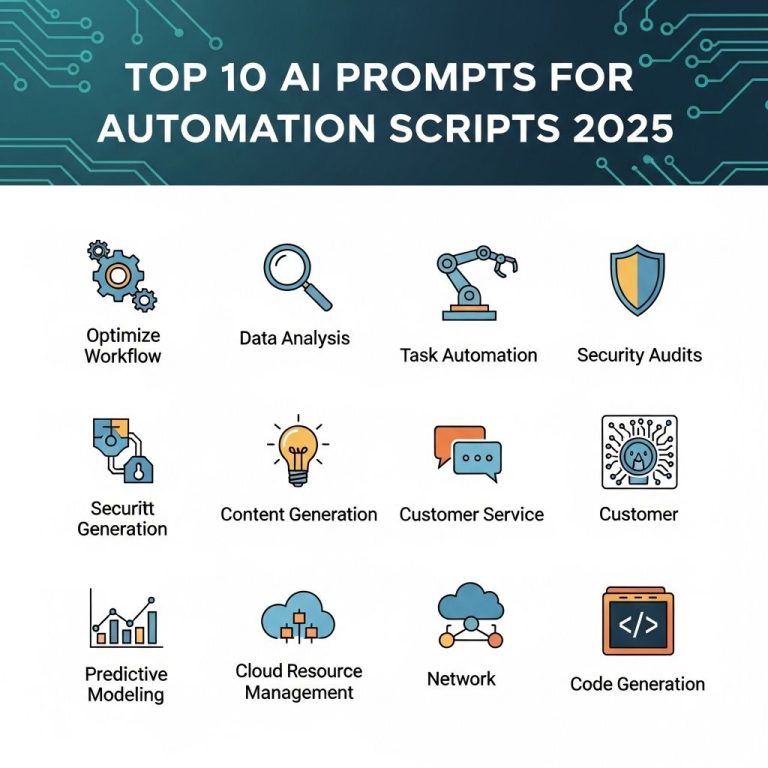In the rapidly evolving landscape of technology, edge computing has emerged as a game changer, enabling faster data processing and real-time decision-making. This decentralized computing model shifts data storage and computation closer to the source of data generation, thus improving efficiency and reducing latency. With the proliferation of Internet of Things (IoT) devices and the significant rise in data generation, organizations are increasingly looking for ways to deploy machine learning (ML) solutions effectively at the edge. This article delves into the innovative ML deployment solutions tailored for edge computing, exploring their benefits, challenges, and best practices.
Understanding Edge Computing
Edge computing refers to the practice of processing data near the source of data generation rather than relying solely on centralized data centers. It leverages local computing resources to perform computations, thus reducing the amount of data sent over the network. Here are some key characteristics of edge computing:
- Proximity to Data Sources: Edge computing operates close to IoT devices, enabling immediate data processing.
- Reduced Latency: By minimizing the distance data must travel, edge computing significantly reduces latency.
- Bandwidth Savings: Processing data locally can alleviate bandwidth constraints on the network.
- Enhanced Security: Local processing can enhance data privacy, as less data is transmitted to central servers.
The Role of Machine Learning in Edge Computing
Machine Learning (ML) plays a pivotal role in edge computing by enabling intelligent decision-making at the source of data. Here are some notable applications:
- Predictive Maintenance: Industrial IoT devices utilize ML to predict equipment failures, thereby reducing downtime.
- Smart Surveillance: Edge-based ML allows real-time analysis of video feeds for enhanced security.
- Healthcare Monitoring: Wearable devices use ML to analyze patient data and provide immediate health insights.
Benefits of ML Deployment in Edge Computing
Deploying ML models at the edge offers several compelling advantages:
1. Real-time Processing
With data processed at the source, organizations can make timely decisions without the latency associated with cloud computing. This is especially critical in scenarios such as autonomous vehicles and industrial automation.
2. Improved Data Privacy
By keeping sensitive data on local devices, organizations can enhance data privacy and comply with regulations such as GDPR. Local ML processing minimizes the risk of data breaches occurring during transmission.
3. Bandwidth Efficiency
Reducing the volume of data sent to the cloud conserves bandwidth and lowers operational costs. This is particularly beneficial in environments with limited connectivity.
4. Enhanced Reliability
Edge computing systems can continue functioning even in the event of network outages, ensuring uninterrupted service for critical applications.
Challenges in ML Deployment at the Edge
Despite the numerous benefits, deploying ML solutions at the edge comes with its own set of challenges:
1. Limited Computational Resources
Edge devices often have constrained processing power and memory compared to cloud servers. This necessitates optimizing ML models to ensure they can run efficiently on limited hardware.
2. Model Management
Managing multiple versions of models deployed across various edge devices can be complex. Organizations need robust strategies for model updates and version control.
3. Data Variability
Data collected by edge devices can be highly variable in nature. Ensuring that ML models remain accurate and reliable in different environments is a significant challenge.
Best Practices for ML Deployment in Edge Computing
To maximize the effectiveness of ML solutions in edge computing, organizations should consider the following best practices:
1. Model Optimization
Opt for model compression techniques such as quantization, pruning, and knowledge distillation to reduce the size of ML models. This can help them fit within the computational constraints of edge devices.
2. Continuous Learning
Implement mechanisms for continuous learning to allow edge devices to adapt to changing data patterns. This can involve federated learning, where models are trained across multiple devices while keeping data localized.
3. Robust Testing
Conduct extensive testing of ML models in real-world scenarios to evaluate their performance under different conditions. This will help identify potential pitfalls before full deployment.
4. Use of Edge Frameworks
Leverage specialized ML frameworks designed for edge deployment, such as TensorFlow Lite, Apache MXNet, or ONNX. These frameworks provide tools and libraries that facilitate the efficient deployment of ML models on edge devices.
Case Studies of ML at the Edge
1. Manufacturing with Predictive Maintenance
A leading manufacturing firm implemented predictive maintenance solutions using ML models deployed on edge devices. These devices analyzed real-time sensor data to predict equipment failures, leading to a 30% reduction in unplanned downtime.
2. Smart Agriculture
In smart agriculture, farmers utilize edge devices equipped with ML algorithms to monitor crop health and soil conditions. By processing data locally, the system provides timely insights, enabling farmers to make informed decisions and optimize resource usage.
3. Retail Analytics
Retailers are employing edge computing with ML for customer analytics. By analyzing foot traffic and shopping patterns in real-time, retailers can enhance customer experiences and improve inventory management.
The Future of ML in Edge Computing
The integration of ML in edge computing is set to grow exponentially as the demand for instantaneous insights increases. With ongoing advancements in hardware capabilities and AI algorithms, the following trends are expected to shape the future:
- 5G Implementation: The rollout of 5G networks will further enhance the capabilities of edge computing by providing faster data transfer rates and improved connectivity.
- Edge AI Solutions: The emergence of dedicated hardware for AI processing at the edge will facilitate the deployment of more sophisticated ML models.
- Hybrid Edge-Cloud Models: Organizations may adopt hybrid models that leverage both edge and cloud capabilities for optimal performance.
In conclusion, the convergence of edge computing and machine learning presents vast opportunities for organizations seeking to enhance operational efficiencies and improve customer experiences. By understanding the advantages, challenges, and best practices of deploying ML solutions at the edge, businesses can effectively navigate this transformative landscape and position themselves for future success.
FAQ
What is edge computing and how does it relate to machine learning?
Edge computing refers to the processing of data near the source of data generation, which reduces latency and bandwidth use. Machine learning deployment solutions at the edge enhance real-time data analysis and decision-making.
What are the benefits of deploying machine learning at the edge?
Deploying machine learning at the edge offers benefits such as reduced latency, improved privacy, lower bandwidth costs, and the ability to operate in environments with limited connectivity.
How can businesses effectively implement ML deployment solutions at the edge?
Businesses can implement ML deployment solutions at the edge by identifying use cases that require real-time insights, selecting suitable hardware, and leveraging edge-compatible machine learning frameworks.
What challenges do organizations face when deploying ML on edge devices?
Organizations may face challenges such as limited computational resources, data security concerns, integration with existing systems, and the need for ongoing model updates and maintenance.
What types of industries can benefit from edge computing and ML solutions?
Industries such as manufacturing, healthcare, autonomous vehicles, agriculture, and smart cities can greatly benefit from edge computing and machine learning solutions due to their need for real-time data processing.
What tools and technologies are available for edge ML deployment?
There are various tools and technologies for edge ML deployment, including TensorFlow Lite, Apache MXNet, NVIDIA Jetson, and specialized hardware like Raspberry Pi and Intel NUC.




